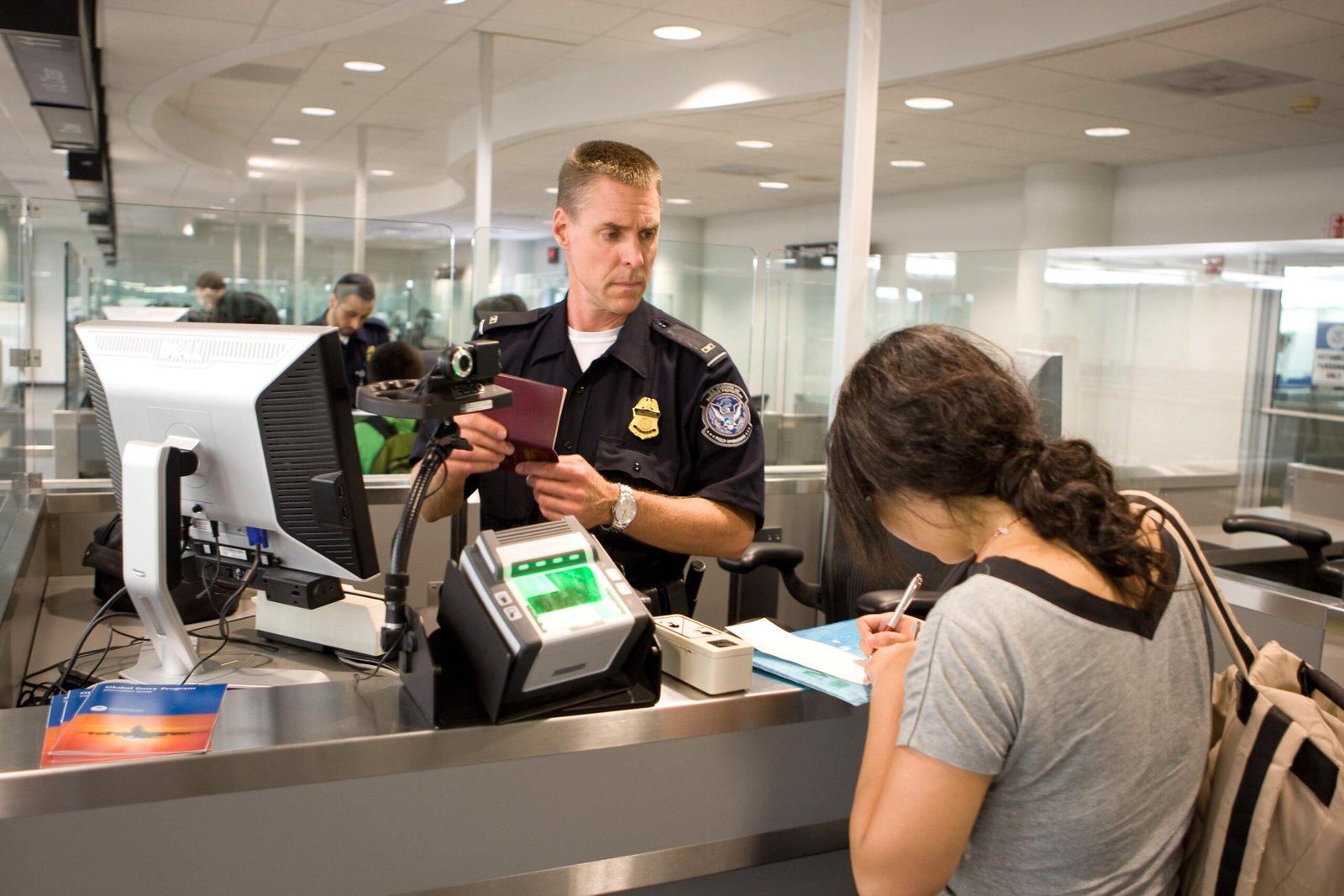Clear Customs Faster with new Enhanced Passenger Processing
Travelers returning to the U.S. from abroad now have a faster and easier way through passport control, without needing Global Entry membership. U.S. Customs and Border Protection (CBP) has introduced a free program called Enhanced Passenger Processing (EPP), offering a quicker, passport-free return experience.
What Is Enhanced Passenger Processing?
Launched nine months ago at Dallas-Fort Worth International Airport (DFW), EPP uses facial biometric technology. Travelers simply walk up to a tablet, get their picture taken, and CBP’s system matches it to the photo on file; no passport required. The pilot showed a 25% reduction in processing times for U.S. citizens, helping them clear customs in a matter of seconds.
How It Works
A traveler steps up to a tablet.
The tablet captures their face.
CBP compares it with passport/visa photos already in its system.
In most cases, the traveler is on their way within seconds.
Occasionally, a CBP officer may ask a security question before granting clearance.
Where You Can Use It
EPP is now available at these major airports:
Dallas–Fort Worth (DFW)
Orlando (MCO)
Charlotte (CLT)
Chicago O’Hare (ORD)
Denver (DEN)
Atlanta (ATL)
Los Angeles (LAX)
Seattle–Tacoma (SEA)
Pre-clearance at Dublin Airport, Ireland (DUB)
Why It Benefits Everyone
The introduction of EPP not only speeds up the process for U.S. citizens but also eases congestion, allowing more lanes for international passengers; especially those without U.S. citizenship.
How It Compares to Global Entry
While EPP offers significant speed and convenience, it still trails behind the efficiency of Global Entry, which includes TSA PreCheck and allows travelers to bypass officers entirely.
Global Entry remains the gold standard—most suitable for frequent international fliers willing to pay $120 for a five-year membership.
✅ Bonus Perk: Chase Sapphire Reserve Credit
(Note: Travel is the Point may earn a referral bonus if you’re approved through some of the links below. We strive to feature the best publicly available offers and only recommend cards based on their value, rewards potential, and fit for travelers. Thank you for your support!)
If you’re considering Global Entry, keep in mind that the 👉 Chase Sapphire Reserve® offers a statement credit of up to $120 toward Global Entry, TSA PreCheck, or NEXUS — valid once every four years. Simply pay the application fee with the card and the credit will post within a couple billing cycles.
To learn more about the latest card benefits and travel perks, check out our in-depth review of the refreshed offering here:
🔗 Chase Sapphire Reserve Refresh 2025 – What’s New?
Other Fast-Track Options to Consider
Mobile Passport Control (MPC): A free app that lets travelers submit their passport info and customs declaration before arriving. It’s available at over 50 entry points and used by millions.
Standard CBP Lines: Always available, though typically slower.
The Final Takeaway
CBP is now offering multiple ways to skip long return lines without costly or time-consuming enrollment; EPP, Mobile Passport, and Global Entry. For those who travel internationally only a few times a year, EPP provides a fast, free, and convenient alternative. Frequent travelers may still find Global Entry the most efficient and rewarding choice.
Bottom line: If you’re U.S.-born, returning via any of the above airports, EPP could shave minutes—or more—off your arrival routine, no membership or fees needed.









Delta One-Stop Security Program At Atlanta (ATL) Hub Begins July 30
[…] Clear Customs Faster with new Enhanced Passenger Processing […]